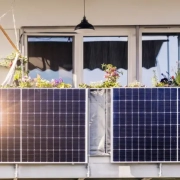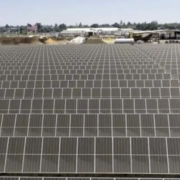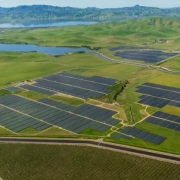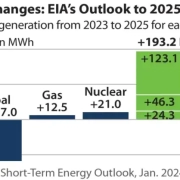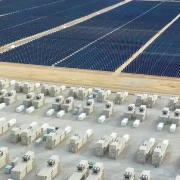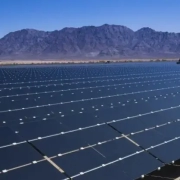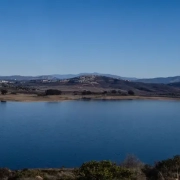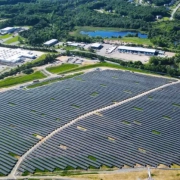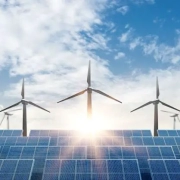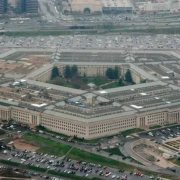If you want to take advantage of solar energy but you can’t (or don’t want to) put solar panels on your roof, you do have other options. As solar panels become more advanced and the technology develops, gathering energy from the sun is growing ever easier and more unobtrusive than ever. Here are some great options for installing solar panels in places other than your roof.
Solar siding
If you have a south-facing wall on your home with about eight feet by eight feet of space, you can install solar panel siding. These solar cells will work best in unshaded areas, of course, but they can still collect energy even in they are in southeast or southwest facing areas. The advantage of this installation method is that you can choose the color of your panels to match your home’s exterior and blend in with the architecture. The disadvantage is that the solar panels won’t be at an optimal angle to absorb sunlight, as they will be perfectly vertical.
Click here to read the full article
Source: Life Hacker
—
If you have any questions or thoughts about the topic, feel free to contact us here or leave a comment below.

